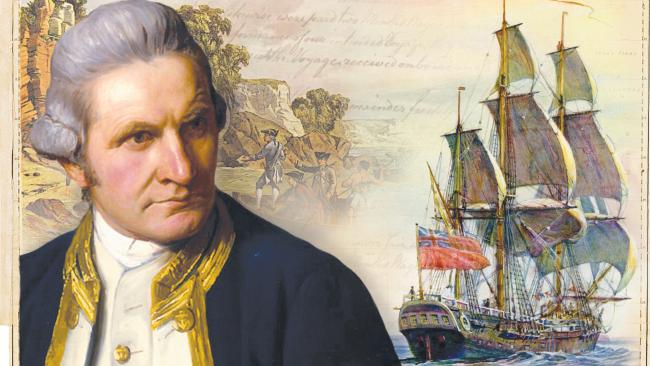
Captain Cook, was naming places along the way, as any good explorer does. I like the fact that he didn't just name places after pomp and royalty, but gave many practical names based on how something looked, like Pigeon House, which was a mountain that looked like it had a pigeon coup on top.
Botany Bay was almost going to be called Sting Ray Harbour, due to the fact the the bay had alot of Sting Rays about.
However, the good captain, crossed that out, calling it instead, Botanyist Bay.
As they were venturing into, "New Holland", which is what, Australia, was called back then. (Captain Cook conceded that the West of Australia belonged to the Dutch, as they found it first, but the East, belonged to Britain.
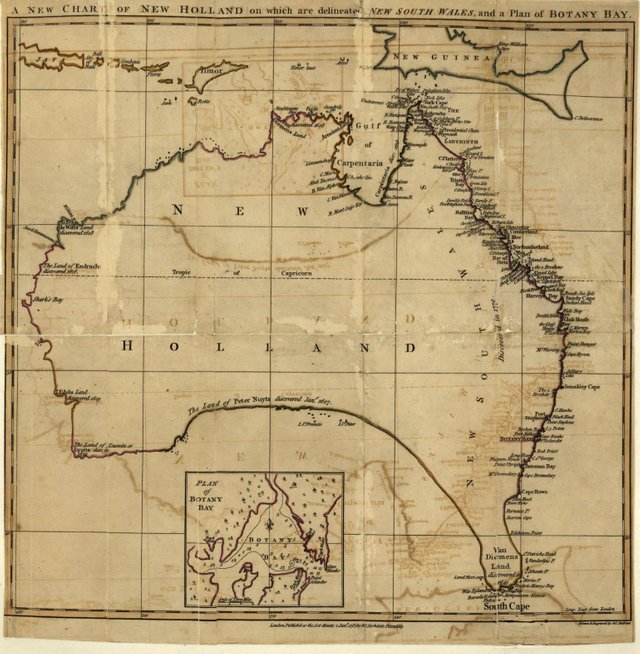
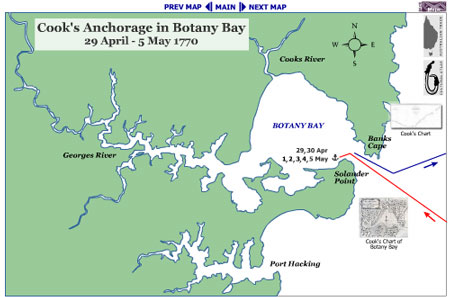
According to Captain James Cook's journal dated the 6th May 1770;
"Sunday 6th In the evening the yawl return'd from fishing having caught two Sting rays weighing near 600 pounds the one weigh'd pounds and the other exclusive of the entrails. The great quantity of ^New Plants &Ca Mr Banks & Dr Solander collected of this sort of fish found in this place occasioned my giveing it the name of Sting-Ray Harbour Botan^yist Bay it is situated in the Latitude of 34°..0' So Longitude 20 8°..37' West it is Capacious safe and commodious..."
Sting-Ray Harbour. There were so many Sting-Rays about that it was outdone by the Plants & the relationship that Cook & Banks had.
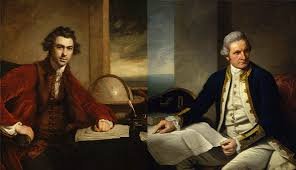
According to Bank's journal, dated the 3rd May 1770, regarding the plants;
"Our collection of Plants was now grown so immensly large that it was necessary that some extrordinary care should be taken of them least they should spoil in the books. I therefore devoted this day to that business and carried all the drying paper, near 200 Quires of which the larger part was full, ashore and spreading them upon a sail in the sun kept them in this manner exposd the whole day, often turning them and sometimes turning the Quires in which were plants inside out. By this means they came on board at night in very good condition. "
On the 4th of May, a comment regarding the Sting-Ray in the Bay.
"On our return to the ship we found also that our 2nd lieutenant who had gone out striking had met with great success: he had observd that the large sting rays of which there are abundance in the bay followd the flowing tide into very shallow water; he therefore took the opportunity of flood and struck several in not more than 2 or 3 feet water; one that was larger than the rest weigh'd when his gutts were taken out 239 pounds."
and on the 5th of May;
"The 2nd Lieutenant went out striking and took several large Stingrays the biggest of which weighd without his gutts 336 pounds."
So, if not for the crossing out in his journal, Botany(ist) bay was almost outdone by the humble Sting-Ray.
I kind of like both names.
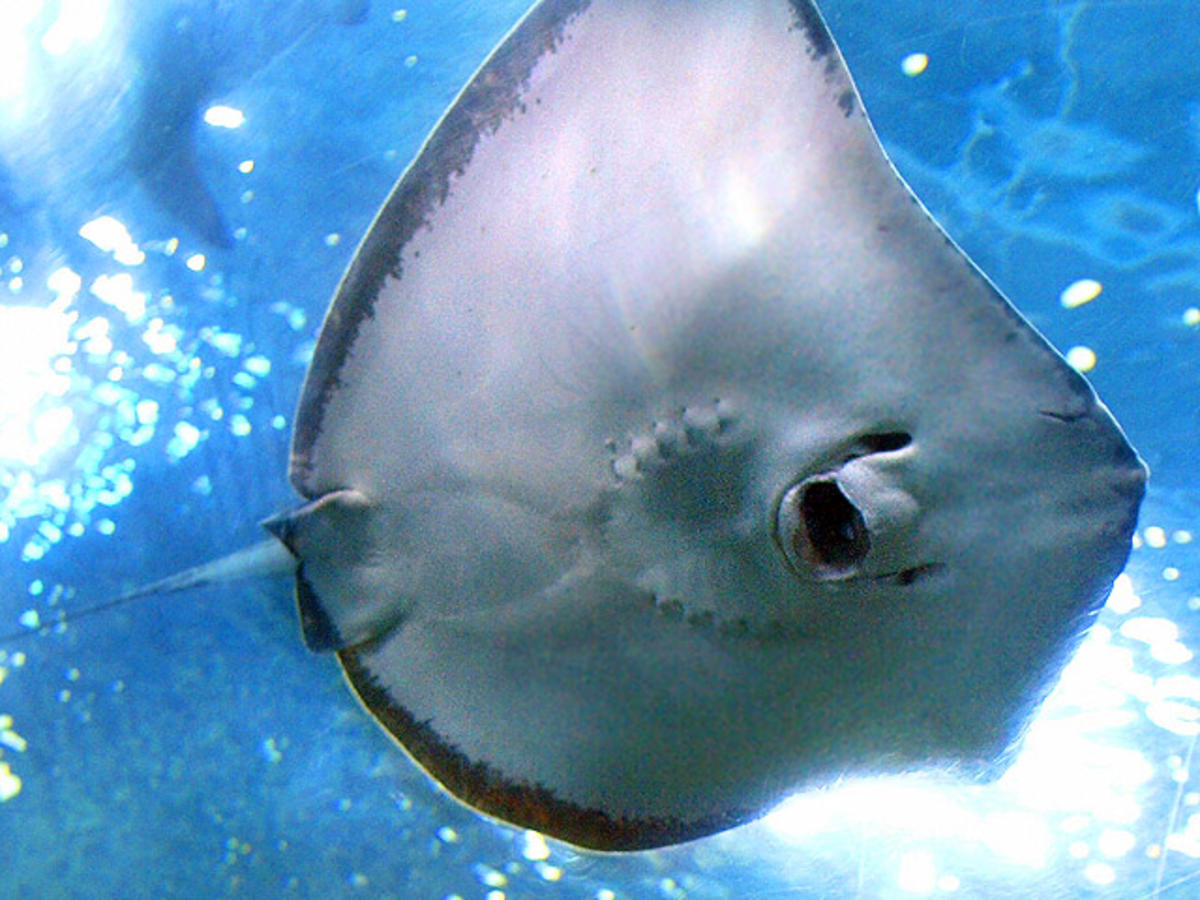
"Joseph Banks (1743-1820) successfully lobbied the Royal Society to be included on what became James Cook's first great voyage of discovery, on board the Endeavour (1768 - 1771)."
(source: http://www2.sl.nsw.gov.au/archive/discover_collections/history_nation/voyages/discovery/voya_journal.html)
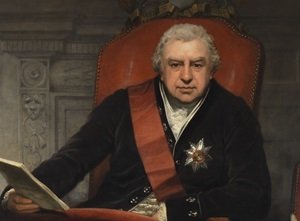
Sources:
http://southseas.nla.gov.au/
http://gutenberg.net.au/mapsandcharts-sea.html
I'm @jagged

!originalworks
Downvoting a post can decrease pending rewards and make it less visible. Common reasons:
Submit